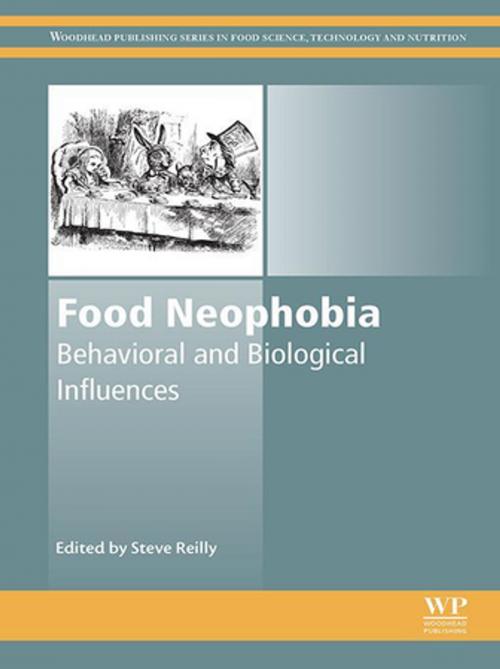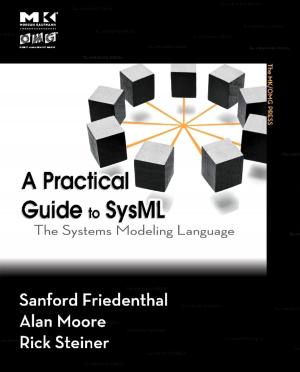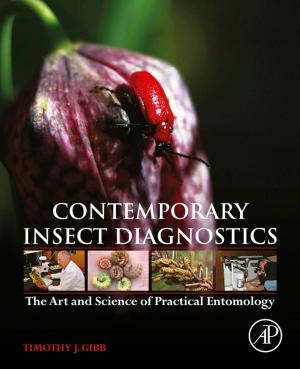Food Neophobia
Behavioral and Biological Influences
Nonfiction, Science & Nature, Technology, Food Industry & Science| Author: | ISBN: | 9780081019320 | |
| Publisher: | Elsevier Science | Publication: | January 2, 2018 |
| Imprint: | Woodhead Publishing | Language: | English |
| Author: | |
| ISBN: | 9780081019320 |
| Publisher: | Elsevier Science |
| Publication: | January 2, 2018 |
| Imprint: | Woodhead Publishing |
| Language: | English |
Food Neophobia: Behavioral and Biological Influences brings together academic and applied studies to give a comprehensive overview of this topic in both sensory and consumer science and pediatric psychology. The effects of food neophobia can have a huge impact on children’s lives and an influence across their lifespan. Split into two main sections, the book focuses on both the environmental and biological aspects of food neophobia. It covers social, contextual and psychosocial factors that affect food neophobia. Sensory aspects of food neophobia are covered with chapters on disgust and sensation seeking, and genetic and evolutionary influences are also thoroughly discussed.
The book is essential reading for academic researchers studying food neophobia from a sensory, consumer science and psychological perspective. It will also be of value to food product developers, especially those working on products for children. Finally, healthcare professionals treating patients suffering from food neophobia will be able to gain greater insight into this condition.
- Covers the environmental and social influences on food neophobia
- Focuses on food neophobia in children and its effects on lifespan
- Includes discussions on the sensory elements of food neophobia, such as disgust and sensation seeking
- Provides treatment protocols for food neophobia
Food Neophobia: Behavioral and Biological Influences brings together academic and applied studies to give a comprehensive overview of this topic in both sensory and consumer science and pediatric psychology. The effects of food neophobia can have a huge impact on children’s lives and an influence across their lifespan. Split into two main sections, the book focuses on both the environmental and biological aspects of food neophobia. It covers social, contextual and psychosocial factors that affect food neophobia. Sensory aspects of food neophobia are covered with chapters on disgust and sensation seeking, and genetic and evolutionary influences are also thoroughly discussed.
The book is essential reading for academic researchers studying food neophobia from a sensory, consumer science and psychological perspective. It will also be of value to food product developers, especially those working on products for children. Finally, healthcare professionals treating patients suffering from food neophobia will be able to gain greater insight into this condition.
- Covers the environmental and social influences on food neophobia
- Focuses on food neophobia in children and its effects on lifespan
- Includes discussions on the sensory elements of food neophobia, such as disgust and sensation seeking
- Provides treatment protocols for food neophobia















